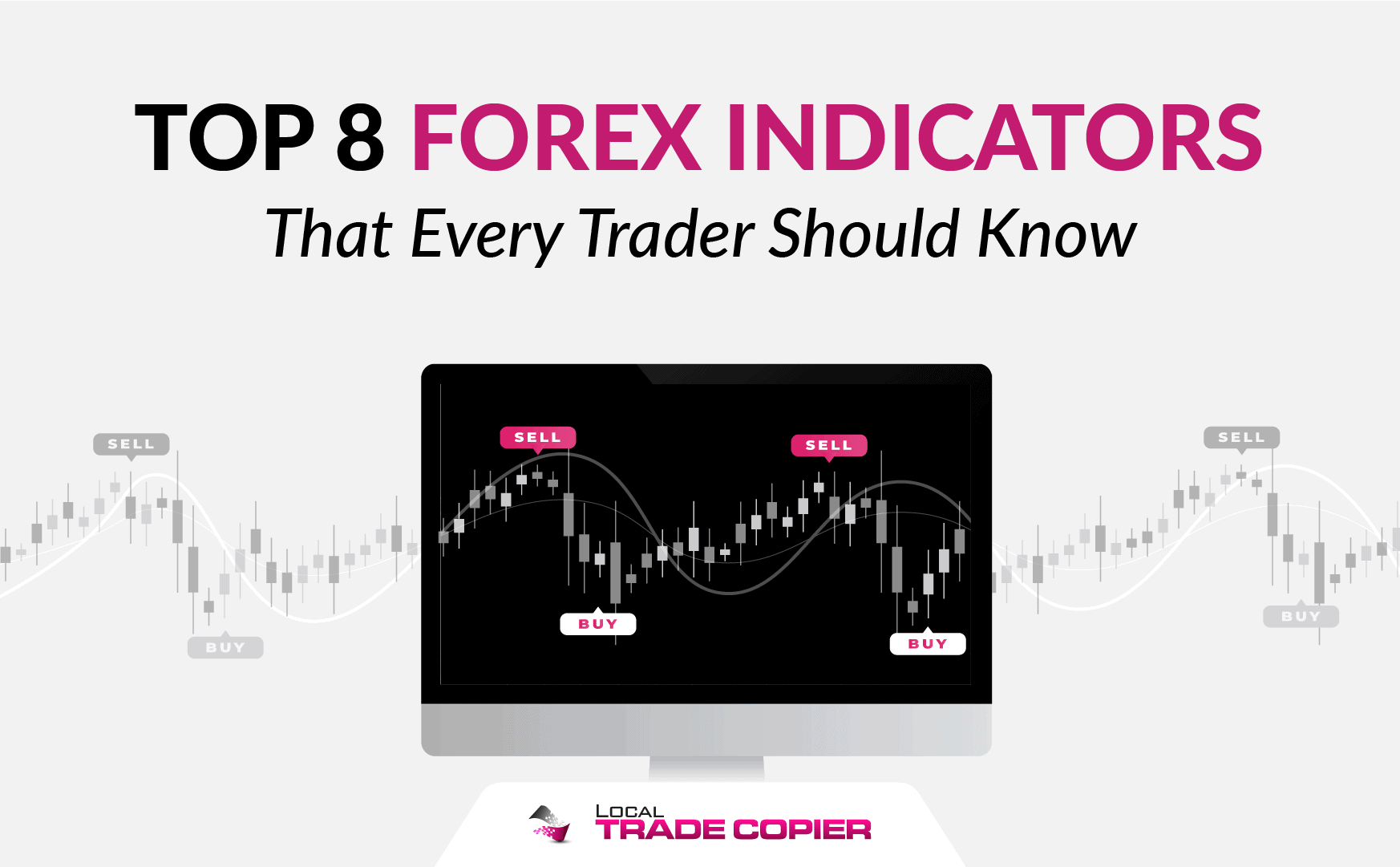
As a seasoned Forex expert, I understand the significance of staying ahead in the ever-evolving trading landscape. The future of trading hinges on our ability to decode market dynamics and leverage tools that offer insights for informed decision-making. In this article, I’ll delve into the top 8 Forex indicators that are indispensable for every trader’s toolkit. These indicators serve as beacons of understanding in the tumultuous sea of trading, aiding both novices and seasoned traders in navigating the complexities of the market.
Introduction
Trading is a realm of uncertainty, where making the right call can spell the difference between gains and losses. The future of trading lies in our ability to discern patterns, predict trends, and seize opportunities at the right time. Forex indicators stand as powerful tools that facilitate just that. They serve as the compass in the tempestuous seas of trading, guiding traders towards profitable shores.
1. Moving Averages: A Steady Insight into Market Trends
Simple Moving Average (SMA)
The Simple Moving Average takes us back to the basics – it’s the average price over a specified period. Its elegance lies in its ability to smooth out erratic price fluctuations, offering a clearer picture of the overarching trend.
Exponential Moving Average (EMA)
The Exponential Moving Average injects modernity into this classic concept. It gives more weight to recent price data, allowing it to react swiftly to market shifts. This makes it a preferred choice for short-term trend analysis.
2. Relative Strength Index (RSI): Measuring Momentum
The Forex market is a realm of ebbs and flows, where momentum is the force that propels prices. The Relative Strength Index quantifies this momentum, indicating whether an asset is overbought or oversold. It’s the trader’s tool to decipher potential reversals in price trends.
3. Bollinger Bands: Understanding Volatility
Volatility is both the thrill and the risk of trading. Bollinger Bands provide a dynamic view of volatility. When prices swing wildly, the bands expand; during calm waters, they contract. This dance of lines guides traders toward potential breakout points.
4. MACD: Trend Reversals
Trend reversals are the moments when traders can turn the tide of fortune. The Moving Average Convergence Divergence (MACD) deftly identifies these turning points by converging and diverging moving averages. It’s a versatile companion in a trader’s toolkit.
5. Fibonacci Retracement: Identifying Price Levels
Ancient mathematics meets modern trading. The Fibonacci sequence, known for its fascinating ratios, finds relevance in Forex. The retracement levels help traders spot potential support and resistance levels, unveiling probable price reversals.
6. Stochastic Oscillator: Spotting Overbought and Oversold Conditions
Prices don’t just rise or fall; they oscillate. The Stochastic Oscillator compares a currency pair’s closing price to its price range over a set period. When the oscillator hits extreme levels, it’s a sign of overbought or oversold conditions, foreshadowing potential reversals.
7. Average True Range (ATR): Gauging Market Volatility
Trading in calm waters requires a different strategy than in turbulent seas. The Average True Range (ATR) measures market volatility by considering the range between high and low prices. This indicator empowers traders to adapt their approach according to the market’s mood.
8. Ichimoku Kinko Hyo: A Comprehensive Indicator
From the land of the rising sun comes an indicator that offers a comprehensive view of the market. Ichimoku Kinko Hyo is a Japanese creation that encapsulates support, resistance, momentum, and trend direction in one holistic framework.
Conclusion
As we draw the curtains on this exploration, it’s clear that Forex indicators are the guiding stars in the trader’s universe. The future of trading rests on our ability to decipher patterns, predict trends, and seize opportunities. By weaving these indicators into our trading strategies, we equip ourselves to navigate the dynamic Forex landscape with precision and poise.
FAQs
1. What are Forex indicators?
Ans. Forex indicators are tools that assist traders in analyzing market data, identifying trends, and making informed trading decisions. They serve as guides in the complex world of trading.
2. Can both novice and experienced traders use these indicators?
Ans. Absolutely! These indicators cater to traders of all levels. Novices can use them to build a solid foundation, while experienced traders can refine their strategies further.
3. How can I integrate these indicators into my trading strategy?
Ans. Begin by understanding the purpose of each indicator and how it reflects market dynamics. Experiment with different combinations to find what aligns with your trading style and goals.
4. Do I need to incorporate all of these indicators into my strategy?
Ans. No, you don’t have to use all of them. The choice of indicators depends on your preferred trading style and objectives. Focus on those that resonate with your approach.